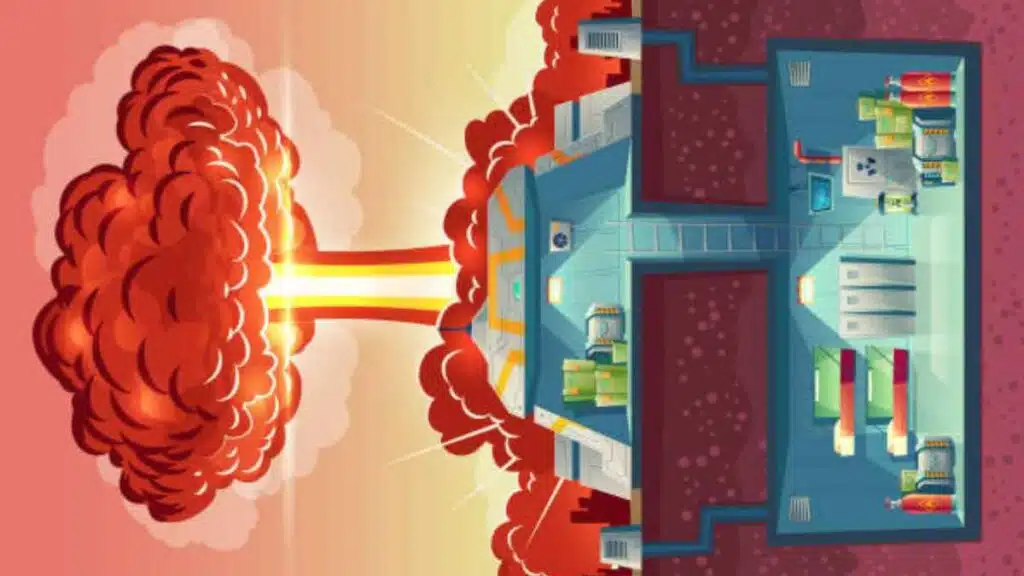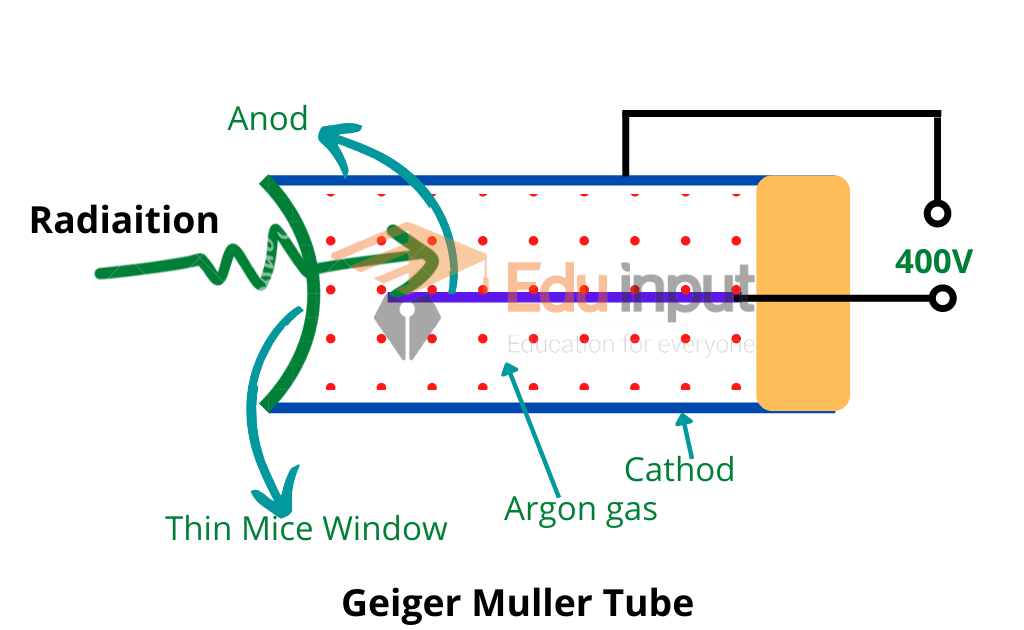Can Underground Bunkers Withstand Modern Nuclear Weapons?
Yes, Underground Bunkers Withstand Modern Nuclear Weapons. Underground bunkers can protect people from nuclear weapons, but their effectiveness depends on multiple factors. Location, construction materials, and design all play a role in survivability. As nuclear arsenals continue to evolve, it is critical to find adaptive and robust solutions to safeguard lives and maintain hope.
Modern Nuclear Weapons
Nuclear weapons are incredibly destructive devices that can release energy equivalent to millions of tons of TNT. The blast, thermal radiation, and electromagnetic pulse (EMP) from a nuclear explosion can cause widespread devastation.
Evolution of Underground Bunkers
The concept of seeking refuge in underground structures dates back centuries, but it gained prominence during World War II. The era of the Cold War saw a surge in bunker construction, as governments around the world invested heavily in fortifications to protect against potential nuclear attacks.

Over time, the design and construction of bunkers have evolved, incorporating innovative technologies and materials to enhance survivability.
Designing Bunkers to Withstand Nuclear Attacks
The location, terrain, materials, and reinforcements of a bunker all play a role in determining its resilience against nuclear weapons. Bunkers situated in mountainous regions or under layers of earth and rock offer better protection due to the natural shielding they provide. Reinforced concrete and steel are commonly employed in bunker construction, ensuring the structure’s integrity remains intact under extreme pressure.
Factors Affecting Bunker Survival
The likelihood of surviving a nuclear attack in an underground bunker depends on several factors, including:
- The distance between the bunker and the epicenter of the explosion
- The intensity of the blast
- The thermal radiation and fireball
- The electromagnetic pulse (EMP)
Historical Examples of Bunker Success and Failure
Throughout history, there have been several examples of both successful and unsuccessful bunkers. The Greenbrier Bunker in West Virginia, USA, is a well-known example of a successful bunker. It was built during the Cold War to serve as a top-secret government shelter, and its construction and strategic location allowed it to remain hidden and protected, never needing to be used.
The Maginot Line, built by France during the 1930s, is an example of an unsuccessful bunker. It was a massive defensive fortification meant to deter German invasion, but it proved ineffective against the Blitzkrieg tactics employed during World War II.
Limitations of Underground Bunkers
While underground bunkers offer significant protection, they are not invulnerable. Modern nuclear weapons have far greater destructive potential than those used in the past and advances in bunker-busting munitions and delivery systems allow nuclear warheads to penetrate deeper into the ground, compromising the safety of traditional bunkers.
Alternative Solutions and Future Trends
Recognizing the limitations of underground bunkers, experts are exploring alternative solutions and future trends in nuclear protection. Mobile bunkers, such as armored vehicles and aircraft, offer flexibility in response to evolving threats.
These platforms can provide protection while adapting to changing scenarios. Emerging technologies, such as directed energy weapons and force fields, are also being researched to counter nuclear threats. While in the experimental stage, they hold the potential for enhanced defense.







Leave a Reply